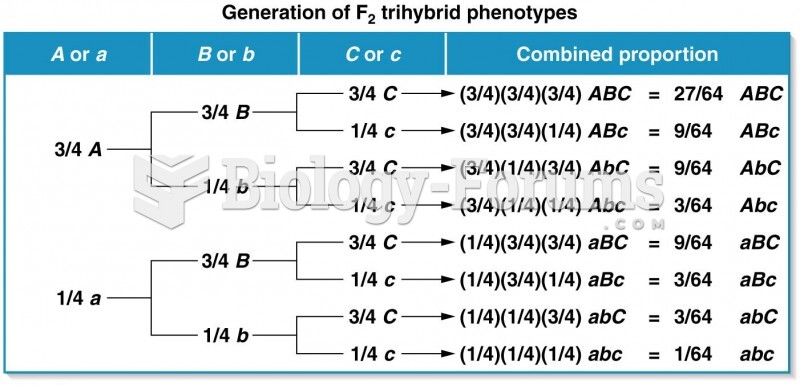Answer to Question 1
Correct Answer: 2
Rationale 1: This combination can cause increased sedation.
Rationale 2: Care must be taken to avoid alcohol and other CNS depressants when taking antihistamines, as their sedating effects can be additive.
Rationale 3: This combination can cause increased sedation.
Rationale 4: This combination can cause increased sedation.
Global Rationale: Care must be taken to avoid alcohol and other CNS depressants when taking antihistamines, as their sedating effects can be additive. This combination can cause increased sedation. This combination can cause increased sedation.
Answer to Question 2
Correct Answer: 4
Rationale 1: Anticholinergic effects of antihistamines may trigger angioedema is incorrect. Antihistamines can trigger bronchospasm.
Rationale 2: Most people with asthma are allergic to antihistamines is incorrect. Antihistamines can trigger bronchospasm.
Rationale 3: Antihistamines cause severe headache when given to clients with COPD or asthma is incorrect. Antihistamines can trigger bronchospasm.
Rationale 4: Use with extreme caution in patients with asthma or COPD. Keep resuscitative equipment accessible. Anticholinergic effects of antihistamines can trigger bronchospasm.
Global Rationale: Use with extreme caution in patients with asthma or COPD. Keep resuscitative equipment accessible. Anticholinergic effects of antihistamines can trigger bronchospasm. Anticholinergic effects of antihistamines may trigger angioedema is incorrect. Antihistamines can trigger bronchospasm. Most people with asthma are allergic to antihistamines is incorrect. Antihistamines can trigger bronchospasm. Antihistamines cause severe headache when given to clients with COPD or asthma is incorrect. Antihistamines can trigger bronchospasm.







